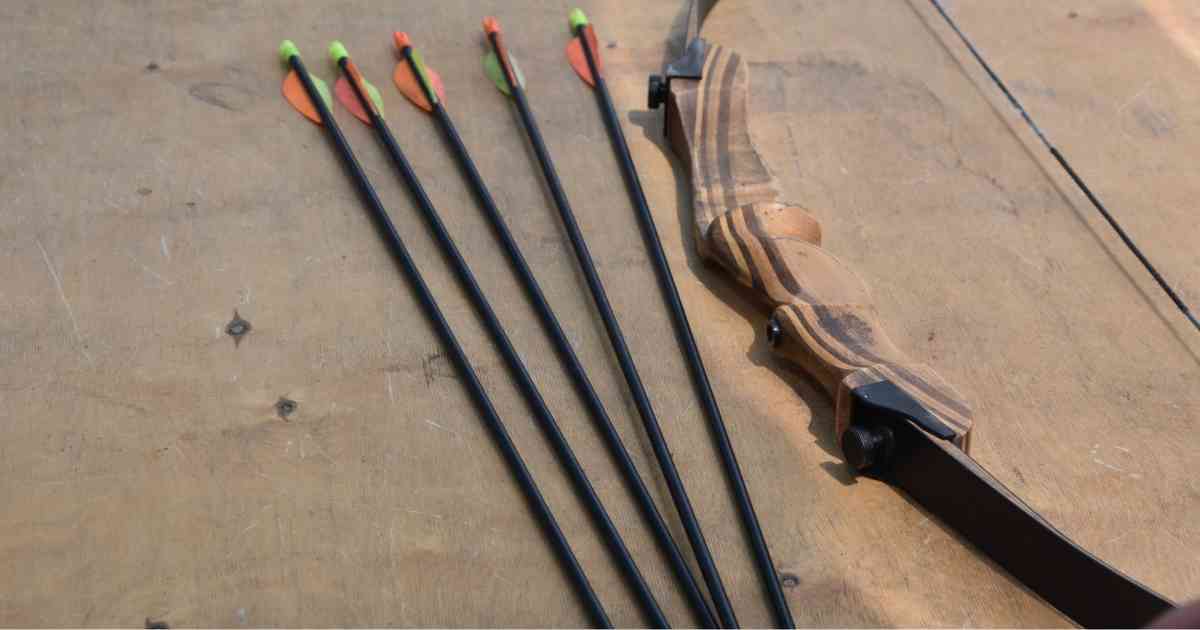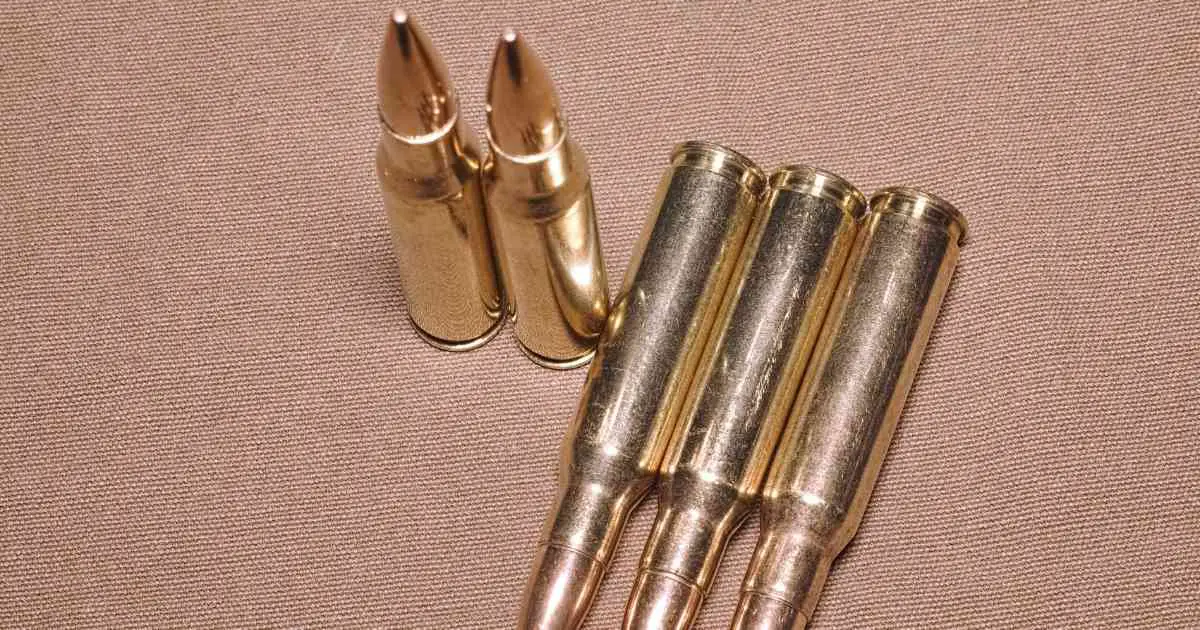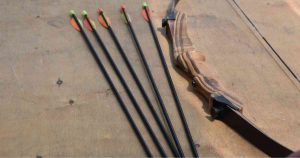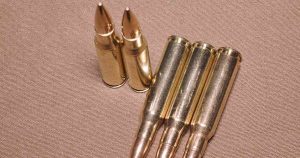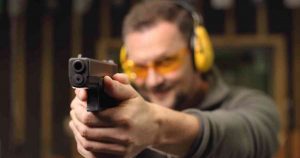Just like there isn’t a “one-size-fits-all” compound bow, it’s impractical to say that there’s one specific arrow that would suit every bowhunter. This is mostly because every bowhunter has a different compound bow setup and preferences. The problem is that while compound bows are given all the attention they deserve, compound bow arrows are often overlooked and treated as an afterthought.
It’s not uncommon for a bowhunter to spend hours agonizing about their compound bow or spend thousands of dollars trying to buy the latest and most efficient setup. Only for the same hunter to quickly buy whatever arrow is available in the nearest pro shop.
When it comes to bow hunting, the compound bow setup, the hunter, and the compound bow arrows are integral parts of the process. One can’t effectively function without the rest.
Think about it, the kind of arrows you choose determine:
- Arrow flight
- Speed
- Distance covered
- Penetration depth
All these are factors that could make or break your hunting trip.
The Perfect Compound Bow Arrow
Contrary to what many novice hunters may think, it’s actually possible to find “the perfect” arrow for your compound bow setup. It’s just not easy, but it can be done. The right kind of arrow will have the right combination of:
- Spine
- Straightness
- Diameter
- Weight
These are all factors that you simply must consider when choosing a compound bow arrow, especially when dealing with carbon arrows. With all this in mind, let’s take a quick look at compound arrow selection and what you need to consider when looking for the perfect arrow for your specific setup.
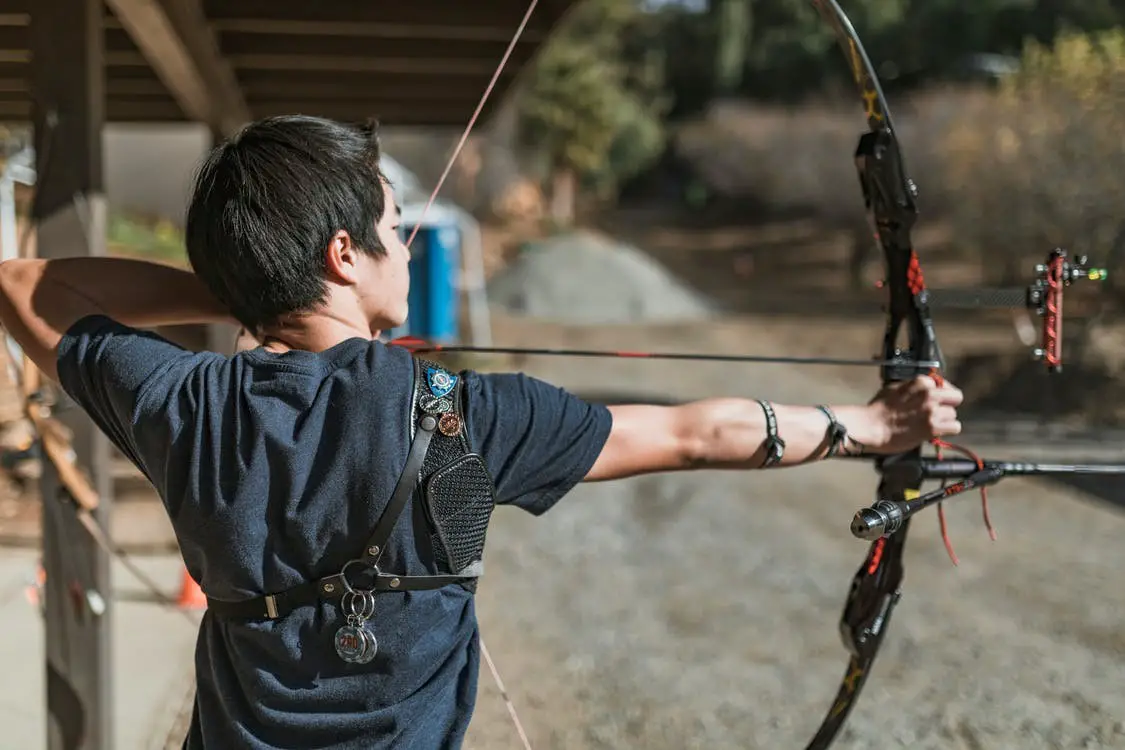
How to Choose the Best Compound Bow Arrows
The first thing you should come to terms with is that you will have to do quite a bit of research before finding that perfect arrow for your specific setup and hunting needs. That, however, doesn’t mean that you have to test every single arrow in the market.
This guide will help you see the benefits and disadvantages that come with each type in an attempt to narrow things down for you. Let’s take a quick look at the most important features of highly effective compound bow arrows:
Arrow Material
The kind of material the arrow is made out of determines its:
- Durability
- Penetration capabilities
- Price
- Flight
As you would imagine, there are several options when it comes to the type of arrow material you can consider. Here are some of the best options available; also, options that work best with compound bows.
- Carbon: There’s a reason why these are quite possibly the most popular type of compound bow arrows in the market today. Not only are they extremely durable, but they are lighter, much faster, and penetrate better thanks to their smaller diameters. Furthermore, they don’t bend quite as easily as aluminum arrows.
- Aluminum: These are also quite popular for several good reasons. For one thing, they are much quieter coming out of the bow, which allows for stealthier hunting. Also, they are a lot heavier than carbon arrows which makes them excellent for big game hunting. Finally, they allow for a much wider range of spine options.
- Aluminum and Carbon Composite: These types of arrows give you the best of both worlds. Not only are these types of arrows super durable, but they are also quite thin, which allows for faster speeds; they have a thick wall of carbon which allows for consistent flight, straightness, excellent spine, and increased levels of penetration.
Of course, there are wood arrows available today; however, they aren’t very popular with professional bowhunters. That’s mostly because wood arrows aren’t very durable and don’t offer the same penetration or flight distance level. However, they are quite elegant and have that authentic bow hunting feel that has given them their enduring and endearing capabilities over the years.
Arrow Weight
Just as arrows come in different materials, they also come in different weights. Therefore, the weight of your preferred arrows should be guided by the kind of shooting you intend to do as well as your bow’s draw weight.
There’s an excellent rule of thumb among bowhunters when it comes to choosing the right arrow weight: Arrow weight ratio should be 6 to 8 grain for every pound of your bow draw weight.
For example, if you have a 70lb compound bow, the best arrows for this specific draw weight would fall between 420 grains and can go up to 560 grains.
However, if you aren’t planning on hunting, you should consider using arrows with a weight ratio of about 5 grains per pound of your bow draw weight. It should, however, be noted that you are most probably going to discover the arrow weight with which you are comfortable shooting the more you use your compound bow. You should, therefore, be open to experimenting as much as possible.
Arrow Spine
What are your thoughts on shooting a banana out of your compound bow? Not good, right? That’s akin to what you will be doing if you don’t use arrows spined correctly. Yes, that’s how important arrow spines are to your bowhunting success.
Not only will a poorly spined arrow flex mid-flight, but it will also cause unpredictable inconsistencies downrange. It’s therefore important to get this particular aspect right.
Note: An arrow’s spine is the measurement of how stiff it is when static and in motion. In many cases, the lower the number on the arrow, the stiffer its spine.
Here’s what you need to know about arrow spines.
- Static Spine: To get the arrow’s static spine, you have to hang a 1.94lb weight at its center. This particular number is calculated by testing a 29″ arrow that has been supported at two points that are exactly 28″ apart. Once the 1.94lb weight is hung at the center, the number of inches registered in the bend is multiplied by 1,000 to get the arrows static spine. So, for example, an arrow with a static spine numbered 350 bends about .350″ when the 1.94lb weight is placed at the center.
- Dynamic Spine: Calculating the dynamic spine of an arrow is a bit more complicated. That’s mostly because it takes a host of variables into account, including the broadhead design on the arrow, the fletching weight, bow speed, insert weight, arrow wraps, and so on. This reading is usually checked against a preset table.
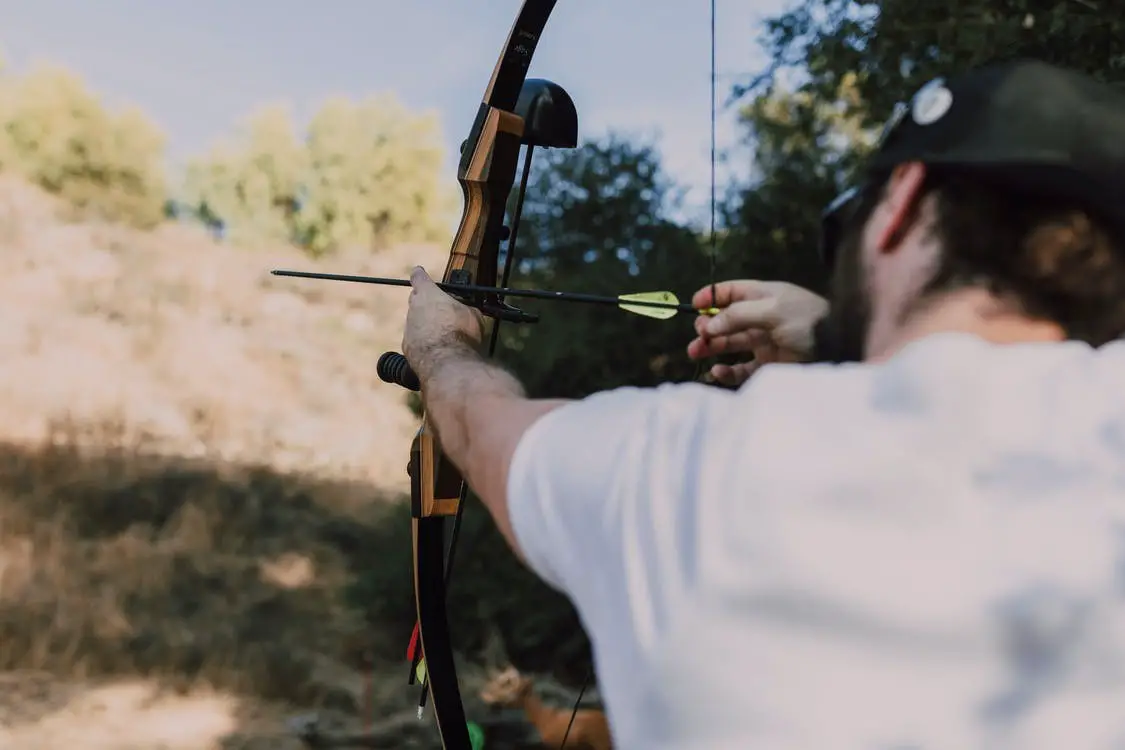
Arrow Diameter
This is yet another important aspect of your arrow. Your arrow’s diameter is directly related to how deep it will penetrate the target. There are several options in this category, but the most common are mid-sized arrows and ultra micro-diameter arrows.
If you are looking for extremely deep penetration, going with the ultra-micro-diameter arrows would be a great idea. This is mostly because these types of arrow shaft offer very little resistance in terms of friction behind your arrow’s broadhead. This, in turn, allows your arrow to maintain momentum for a much longer period.
Secondly, ultra-micro-diameter arrows also have a reduced surface area which means that the arrow won’t suffer from as much drift that would be otherwise caused by wind during its flight.
Of course, there are other factors to consider, such as arrow straightness which quite literally determines how accurate your shot will be. Other major, albeit subjective factors, including issues such as how much the arrow will cost. Although carbon arrows are not quite as affordable as a wood arrow, they do make up for the price by being quite durable and rather effective in the field.
Although all these factors might seem quite daunting to a first-time bow hunter, the truth is that you will learn most of what you need the more you use your compound bow. You will be choosing the right compound bow arrows as if it were second nature in no time at all.


